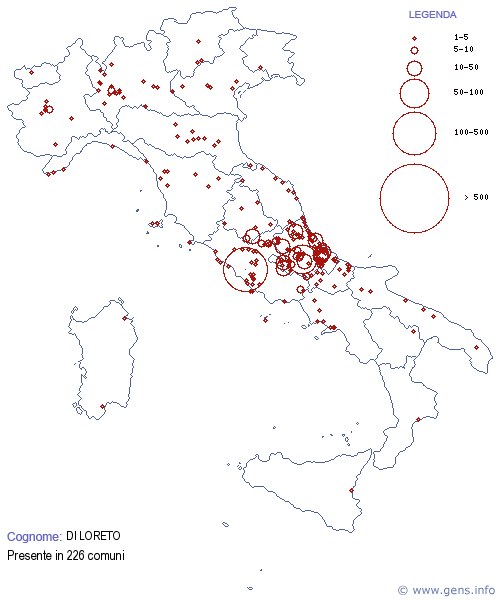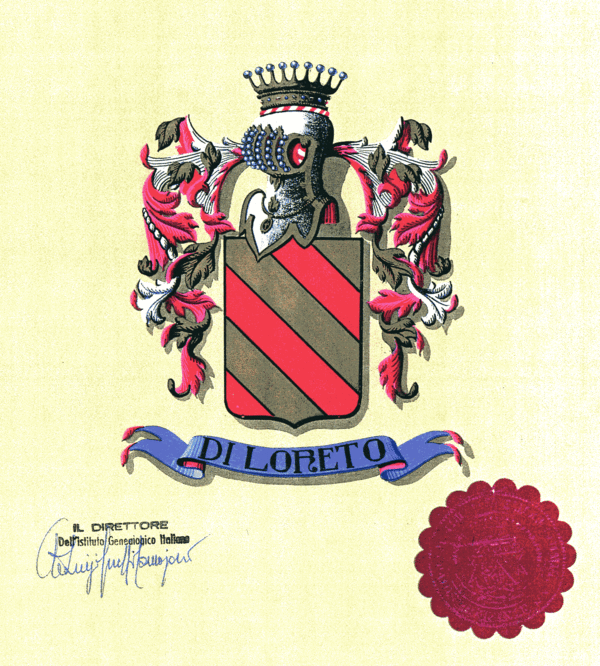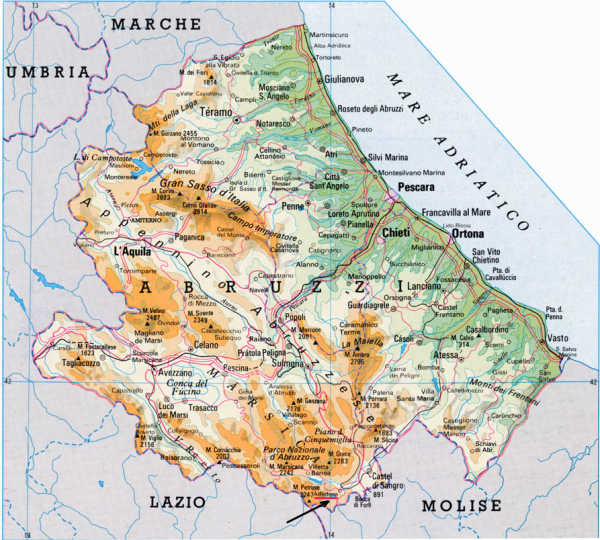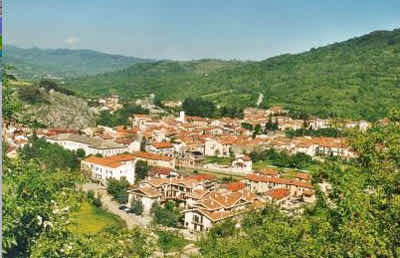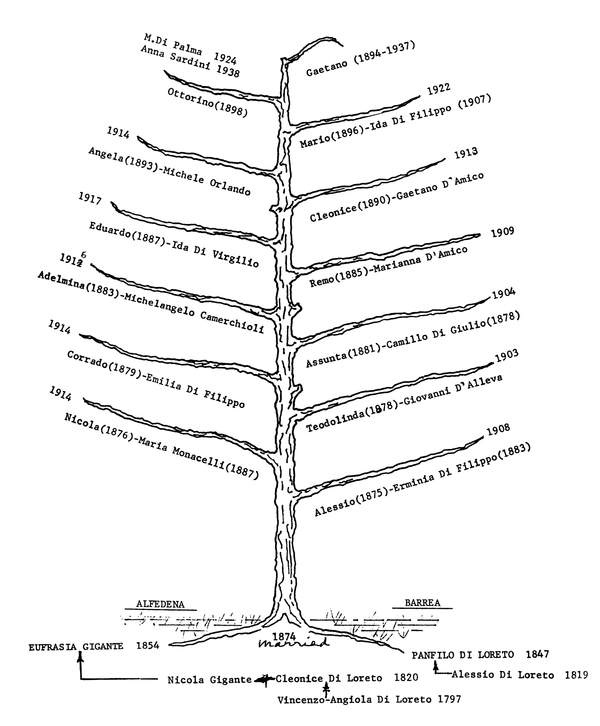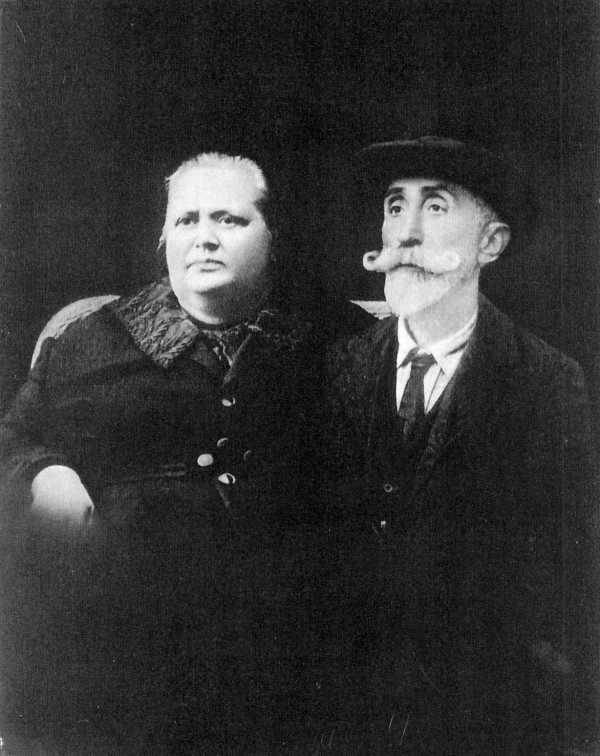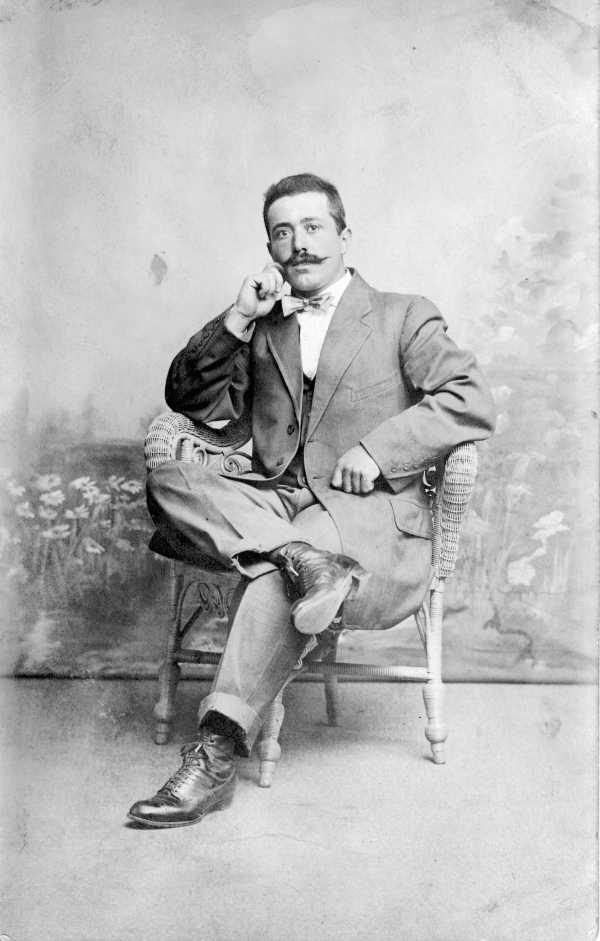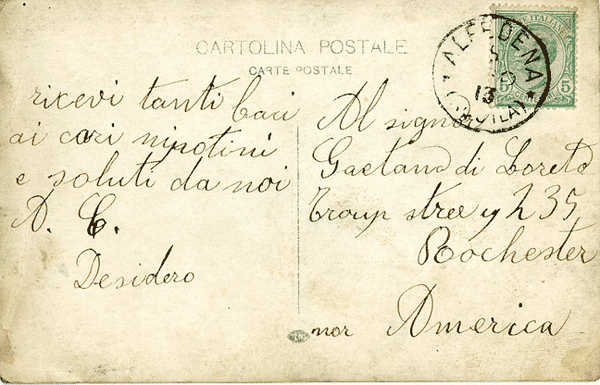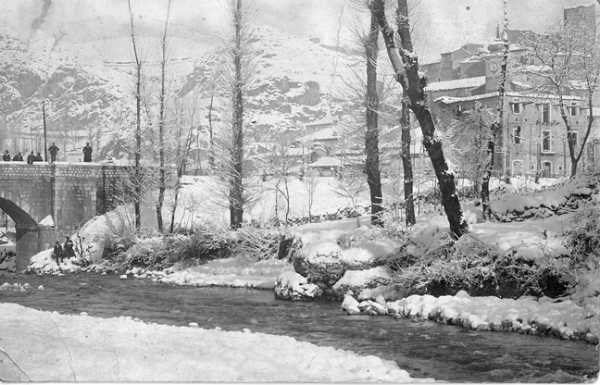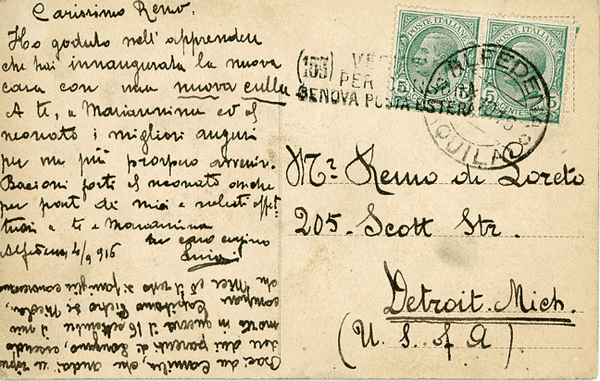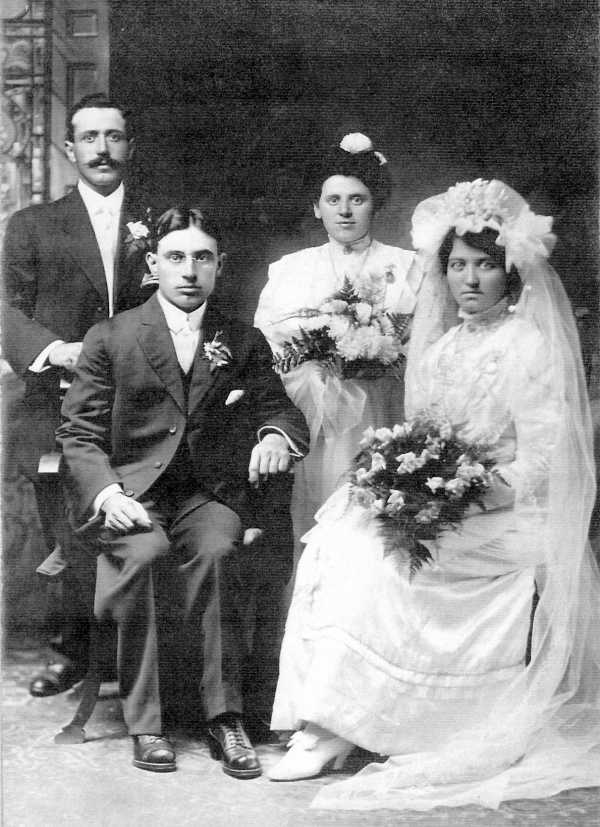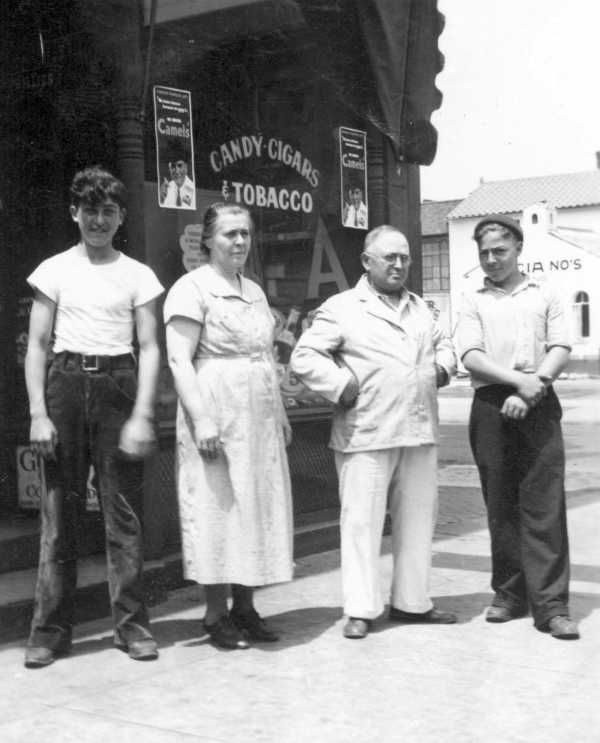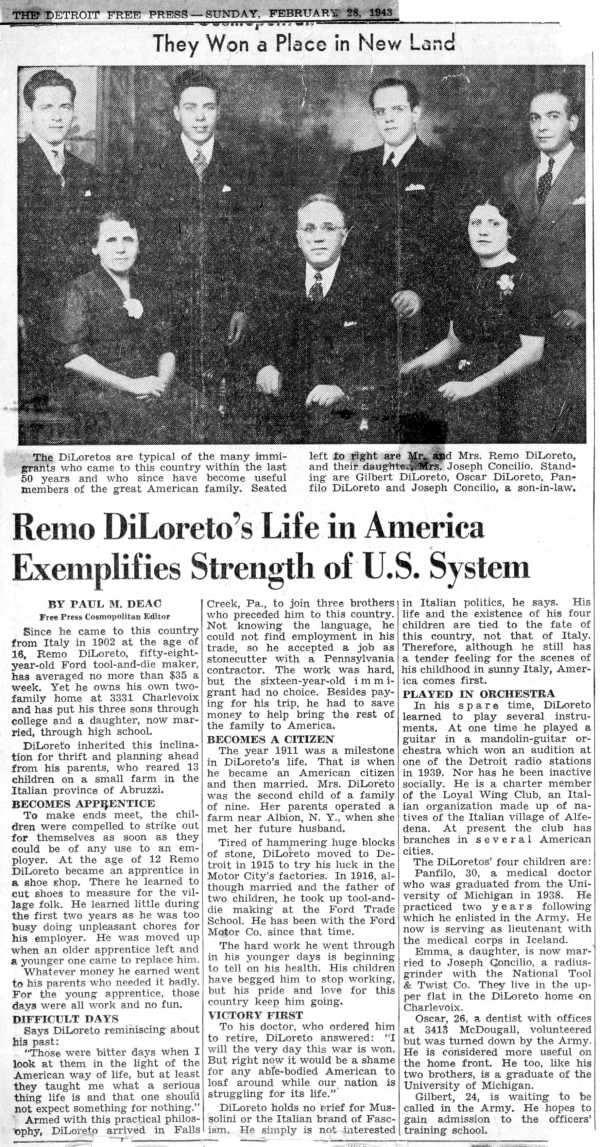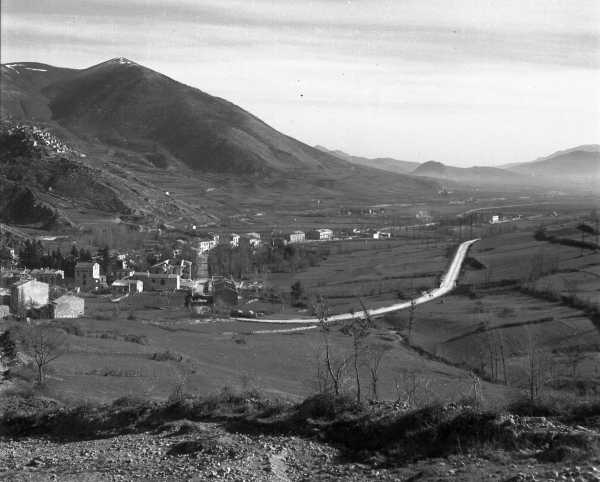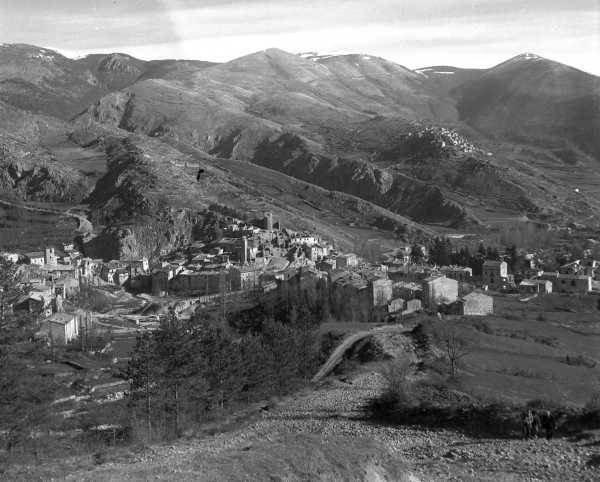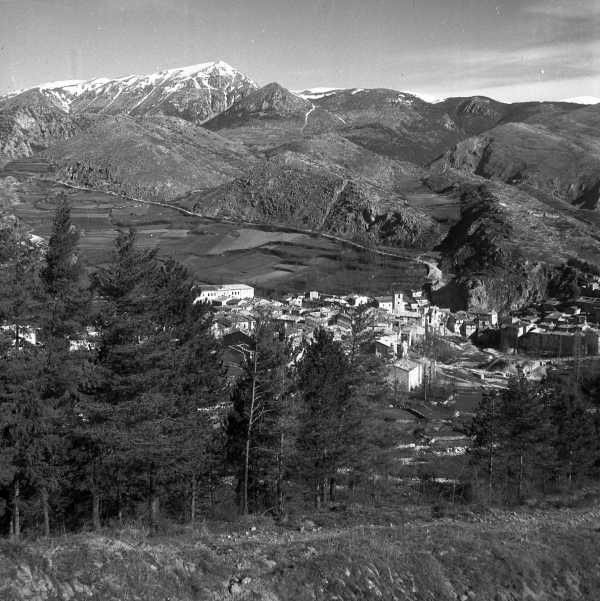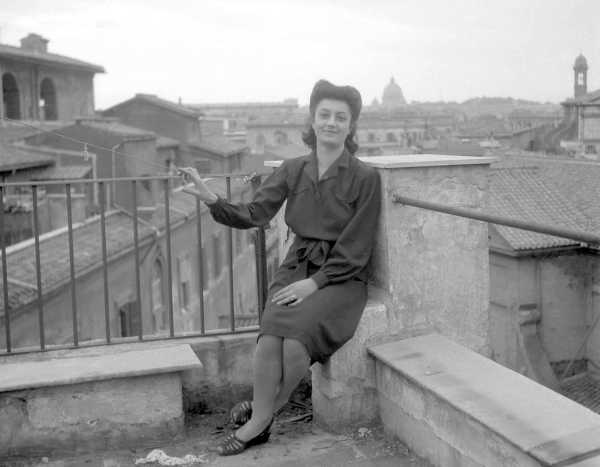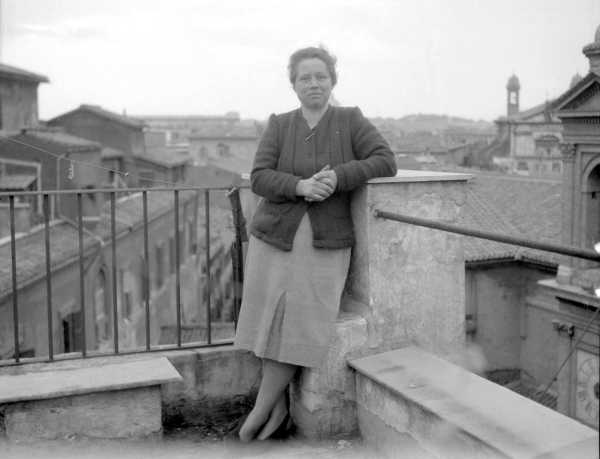1 / 68
A genealogical record of the DiLoreto lineage is maintained, and we would love to hear from any relatives with updates. An updated copy of the complete family tree can be sent as a PDF to family members.
996 - 1330
Excerpts from "The Historical Research Center" submitted by Joanne Monroe (1993)
The Italian surname DiLoreto is local in origin, being one of those surnames derived from the name of the place where the original bearer once lived or owned land. In this case, the surname composed of two elements, "Di" and "Loreto," is derived from the place named Loreto, located in the province of Ancona, on the eastern coast of Italy. This town became a famous place of pilgrimage because of the "Holy House" located there. This shrine was said to have been the home of the Virgin Mary in Nazareth and (according to legend) was brought to Loreto by Angels in 1295.
DiLoreto was the surname of a noble Italian family that came to prominence in the fourteenth century, when King Robert made Bernardo Cristofor the first Count di Loreto in the year 1330. Another notable family were the di Loreto of Genua. Of this family, one Luca di Loreto is mentioned for the year 1528.
1295 - 1528
Blazon of Arms: Azure, a tree on a grassy plain all proper, overall a fess gules.
Translation: The tree is the symbol of Antiquity and knowledge. The fesse is a horizontal partition signifying the Military Belt and Girdle of Honor worn in ancient times.
Crest: Three ostrich plumes proper.
Origin: Italy
Coat of Arms - DiLoreto Family of Genua
We Came from Alfedena
Like many DiLoreto's, our immediate ancestors came from the town of Alfedena, a comune in the province of L'Aquila of the Abruzzo region of central Italy, in which 700 inhabitants remain today. Other DiLoretos come from the nearby town of Barrea. The recorded beginnings of our family tree dates from the mid-seventeenth century.
Alfedena is located north of Naples and a three-hour drive east of Rome, on the south edge of the province of L'Aquila and of the Abruzzi region. It is situated on the Sangro River at an elevation of about 3000 feet in the craggy foothills of the Appenine Mountains, just north of the Meta Mountains. A small stream called Rio Torto divides the town with the main square and stony hills on the left. The flat land on the right was inhabited from the early Middle ages.
1600s
The Loyal Wing Club
Many "Alfedenesi" settled in Detroit, beginning in 1886 with the DiFilippo's and DiFalco's. By 1900 there were 100 Alfedesi in Detroit, helping to build stone buildings before there was concrete. In 1960 it was reported that there were more people from Alfedena and their descendants living in Detroit (1,680), than Alfedena's population at the time (1,430). By 1979 the number in Detroit swelled to 2 to 3 thousand.
They founded the Loyal Wing Club in 1919 and leased 72 acres on Soft Water Lake, north of Pontiac, the article said. In 1960 they opened a clubhouse at 11250 Hayes, sold in 1984. The club is said to meet at the Italian-American Cultural Center in Warren.
A 1960 article in the Detroit Free Press accounts that Alfedena was given its name from its distinguished defense of Rome from Hannibal in 216 B .C., after which Imperial Rome bestowed the title "Ala Fidelis," or "Loyal Wing."
1886
1909
Antique Postcards from Alfedena, Italy
Some of these postcards were sent from Alfedena between 1913 an 1923 to relatives living in Detroit and Rochester. Others were brought to America as souvenirs when family members migrated to the U.S. If you read Italian, you can make out some of the messages to loved ones overseas.
1913 - 1923
1913
Photo of the DiLoreto children listed below. The photo is taken around 1919. If you have any additional info, please contact us. Contact info is listed at the top of the page.
circa 1919
Nick & Mary's Store in Erie, PA
Nick and Mary (Monacelli) DiLoreto with two of their sons, William (left) and Julio in front of the store they owned in Erie, Pennsylvania.
circa 1938
View the original newspaper clipping of the 1943 Detroit Free Press article featuring Remo DiLoreto and his family.
Read the text version of this article below.
Remo DiLoreto's Life in America Exemplifies Strength of U.S. System
by Paul M. Deac (Free Press Cosmopolitan Editor)
Since he came to this country from Italy in 1902 at the age of 16, Remo DiLoreto, fifty-eight-year-old Ford tool-and-die maker has averaged no more than $35 a week. Yet he owns his own two-family home at 3331 Charlevoix and has put his three sons through college and a daughter, no married, through high school. DiLoreto inherited this inclination for thrift and planning ahead from his parents, who reared 13 children on a small farm in the Italian province of Abruzzi.
Becomes Apprentice
To make ends meet, the children were compelled to strike out for themselves as soon as they could be of any use to an employer. At the age of 12 Remo DiLoreto became an apprentice in a shoe shop. There he learned to cut shoes to measure for the village folk. He learned little during the first two years as he was too busy doing unpleasant chores for his employer. He was moved up when an older apprentice left and a younger one came to replace him. Whatever money he earned went to his parents who needed it badly. For the young apprentice, those days were all work and no fun.
Difficult Days
Says DiLoreto reminiscing about his past:
"Those were bitter days when I look at them in the light of the American way of life, but at least they taught me what a serious thing life is and that one should not expect something for nothing."
Armed with this practical philosophy, DiLoreto arrived in Falls Creek, Pa., to join three brothers who preceded him to this country. Not knowing the language, he could not find employment in his trade, so he accepted a job as stonecutter with a Pennsylvania contractor. The work was hard, but the sixteen-year-old immigrant had no choice. Besides paying for his trip, he had to save money to help bring the rest of the family to America.
Becomes a Citizen
The year 1911 was a milestone in DiLoreto's life. That is when he became an American citizen and then married. Mrs. DiLoreto was the second child of a family of nine. Her parents operated a farm near Albion, N.Y., when she met her future husband. Tired of hammering huge blocks of stone, DiLoreto moved to Detroit in 1915 to try his luck in the Motor City's factories. In 1916, although married and the father of two children, he took up tool-and-die making at the Ford Trade School. He has been with the Ford Motor Co. since that time. The hard work he went through in his younger days is beginning to tell on his health. His children have begged him to stop working, but his pride and love for his country keep him going.
Victory First
To his doctor, who ordered him to retire, DiLoreto answered:
"I will the very day this war is won. But right now it would be a shame for any able-bodied American to loaf around while our nation is struggling for its life."
DiLoreto holds no brief for Mussolini or the Italian brand of Fascism. He simply is not interested in Italian politics, he says. His life and the existence of his four children are tied to the fate of this country, not that of Italy. Therefore, although he still has a tender feeling for the scenes of his childhood in sunny Italy, America comes first.
Played in Orchestra
In his spare time, DiLoreto learned to play several instruments. At one time he played a guitar in a mandolin-guitar orchestra which won an audition at one of the Detroit radio stations in 1939. Nor has he been inactive socially. He is a charter member of the Loyal Wing Club, an Italian organization made up of natives of the Italian village of Alfedena. At present the club has branches in several American cities. The Diloretos' four children are: Panfilo, 30, a medical doctor who was graduated from the University of Michigan in 1938. He practiced two years following which he enlisted in the Army. He now is serving as lieutenant with the medical corps in Iceland. Emma, a daughter, is now married to Joseph Concilio, a radius-grinder with the National Tool & Twist Co. They live in the upper flat in the DiLoreto home on Charlevoix. Oscar, 26, a dentist with offices at 3413 McDougall, volunteered but was turned down by the Army. He is considered more useful on the home front. He too, like his two brothers, is a graduate of the University of Michigan. Gilbert, 24, is waiting to be called in the Army. He hopes to gain admission to the officers' training school.
1943 - Detroit Free Press Article
1946 Landscape Photos
A G.I.'s Visit to Alfedena
When Gilbert DiLoreto, still in the service, visited Alfedena after World War II, he met with several of his relatives. A number of pictures remain from the trip, and we have reproduced some of them here. Take a look and see if you can help us identify these relatives from long ago!
1946 Alfedena Relatives
Family Reunion
150 attended a 1965 DiLoreto Family Reunion in Harper Woods, Michigan, whose program outlines the the complete family lineage from Panfilo and Eufrasia to that day. Since that time, a genealogical database has been compiled of over 500 their descendants, as well as ancestors dating back to the mid-1600's. The oldest portion of the DiLoreto Family tree is reproduced here.
1965
Armand DiGuilio's Report
Ancient "Aufidena" was home to many stonecutters, which paved most of the streets of medieval Rome and later paved streets throughout Europe and North Africa, according to a report by Armand DiGuilio, the oldest grandchild of Panfilo and Eufrasia, given at a 1979 DiLoreto family reunion.
Where We Came From
Detroit, May 27, 1979
"In darkness duels the people which knows annals not" -Thucydides (460-400 B.C.)
The roots of the Di Loreto family are found in two towns in the central Appenine Mountains of Italy in the Abruzzi region, Barrea and Alfedena. The towns, at about 3300 feet above sea level, are nestled on the north sides of the Meta Mountains, located 77.5 air miles (125 km) east of Rome and 64.5 air miles (104 km) north of Naples. The chain runs west-south east, south of the towns and rises to 2300 meters or 7500 feet. From its peaks, it is possible to see Rome, the Vesuvius and the Adriatic Sea.
The name Barrea is derived from “Vallis Regia” through the later “Varreggia”. Little is know of the ancient history of Barrea but recent excavations (1950-1970) carried out by one of our cousins Dr. Oscar Di Loreto (1911-1971) have shown that the town was part of the Marsican and Samnite tribes in 300-200 B.C.
The history of Alfedena is well attested by the excavations, which started in 1885 with A. De Nino, and in 1897 the civic Museum was organized. During World War II, the collection was recovered at Chieti and is still waiting to be returned to Alfedena to be housed in a proper building. The artifacts consist mainly of bronze coins, arms, medals, ornaments and assorted ceramic vases, all recovered from the more than 1500 tombs excavated in the Roman necropolis in what is now Viale della Stazione, the road that leads to the railroad station.
Aufidena (Alfedena) was the capital of the Caraceni, a tribe of the Samnites and was situated north of the present main square on the left side of the Rio Torto, the small stream that divides the town. The remaining megalithic walls, about a mile long, are seen together with distinct evidence of the acropolis. It is interesting to know that of the original Italian tribes, which tried to block the expansion of Rome, the Samnites were the only ones, which actually defeated the Roman legions. In 321 B.C., at the Forche Caudine, the Romans were made to pass under a yoke. However, victory was short-lived. Aufidena was conquered by the roman consul Gneo Fulvio and by 272 B.C. Rome was master of what is now central and most of southern Italy. Aufidena became a faithful roman colony.
The wanderlust of the Alfedenesi developed many centuries ago and, in the Annals of Tacitus, Book 1, we see that “Aufidenius Rufus” who was a camp commandant, having been advanced from private to centurion, was instrumental in fighting the Roman troops, which had rebelled in Pannonia (Austria) after the death of Emperor Augustus in 14 A.D. Because of its faithful service to Rome, its strategic location, controlling the mountain passes of the north/south route from the Adriatic to the Tyrrenian Sea, and the east/west route to Rome, Alfedena received the designation of Ala Fidelis (Loyal Wing), the A – F of the coat of arms.
For several centuries, the Abruzzi region shared the fate of Italy, that is, internal wars and occupation by invaders. During the Middle Ages, the region was ruled by barons, princes at the service of the German, Spanish, French Emperors or Popes. In 1860 with the fall of the Bourbon kingdom of Naples, the Abruzzi became part of the kingdom of Italy until June 1946, when the present Republic was established.
During the early middle Ages, the inhabitants moved away from the stony hills on the left side of the Rio Torto to the flat land at the right. The land was and is very poor but the forests and stones are plentiful, hence making of charcoal and stone cutting developed. Most of the streets of medieval Rome were paved by the “selciaroli” from Alfedena, who are also responsible for developing the many stone quarries found in the Alban Hills. Alfedenesi have roamed, paving streets in England, Belgium, Germany, Romania, North Africa.
At about 1880, the temporary and later permanent migration to our country began and, as we know, there are more Alfedenesi in Detroit than at any time in Alfedena.
As mentioned, the Di Loreto root is from Barrea, where the family was the landed gentry of the town. Several branches of the family still exist and during the 19th century contributed outstanding citizens to law, medicine, commerce, church, and the Army and Navy, traditions which are still continuing. Our grandfather Panfilo, following his schooling in Naples in 1871-72, until his coming to U.S.A in 1913, was the Segretario Comunale (City Clerk) for the towns of Montenero and Scontrone, a nonelected job under the direct supervision of the provincial authorities.
The other root, the Gigante, is unique. There is only on family in town with that name. Incomplete records indicate that the family originated in Atina, a town on the southern slope of the Meta Mountains about 20 air miles from Alfedena. The Roman bridge Ponte d’Achille, next to the Gigante’s house carried an inscription commemorating the alliance with Veroli and Atina. Church records, now destroyed, mentioned a bishop Gigante, and until recently, the altar to the right of the main altar of the higher church was reserved for the descendants of the Gigante family. The family possessed some very desirable land, the “Vigne” and “Le Corone” south-west of the Piazza and in via Casili a garden, stables and a carriage house. On a wall, about 30 feet long, there were frescoes which, supposedly, had been painted by the renowned Cola d’Amatrice or his school in residence of Maria, the youngest daughter of Alfonso and Elvira Gigante. The Gigante family was engaged in various commercial and civic activities. Since the end of the last century to the present, the family has given several mayors and many professionals to the town.
The roots were unquestionably strong and transplanted in our country with its freedom and unlimited opportunities, the many trees can only continue to grow.
Researched and prepared by: Armand DiGiulio (oldest First Cousin)
1979
These pictures were taken by Bob Brunetti on a trip to Italy in June 2004. If you'd like to thank Bob for the pictures, send him and email at rgbprocare1@americarecorp.com.
2004
These pictures were taken by Bob Brunetti on a trip to Italy in June 2004. If you'd like to thank Bob for the pictures, send him and email at rgbprocare1@americarecorp.com.
